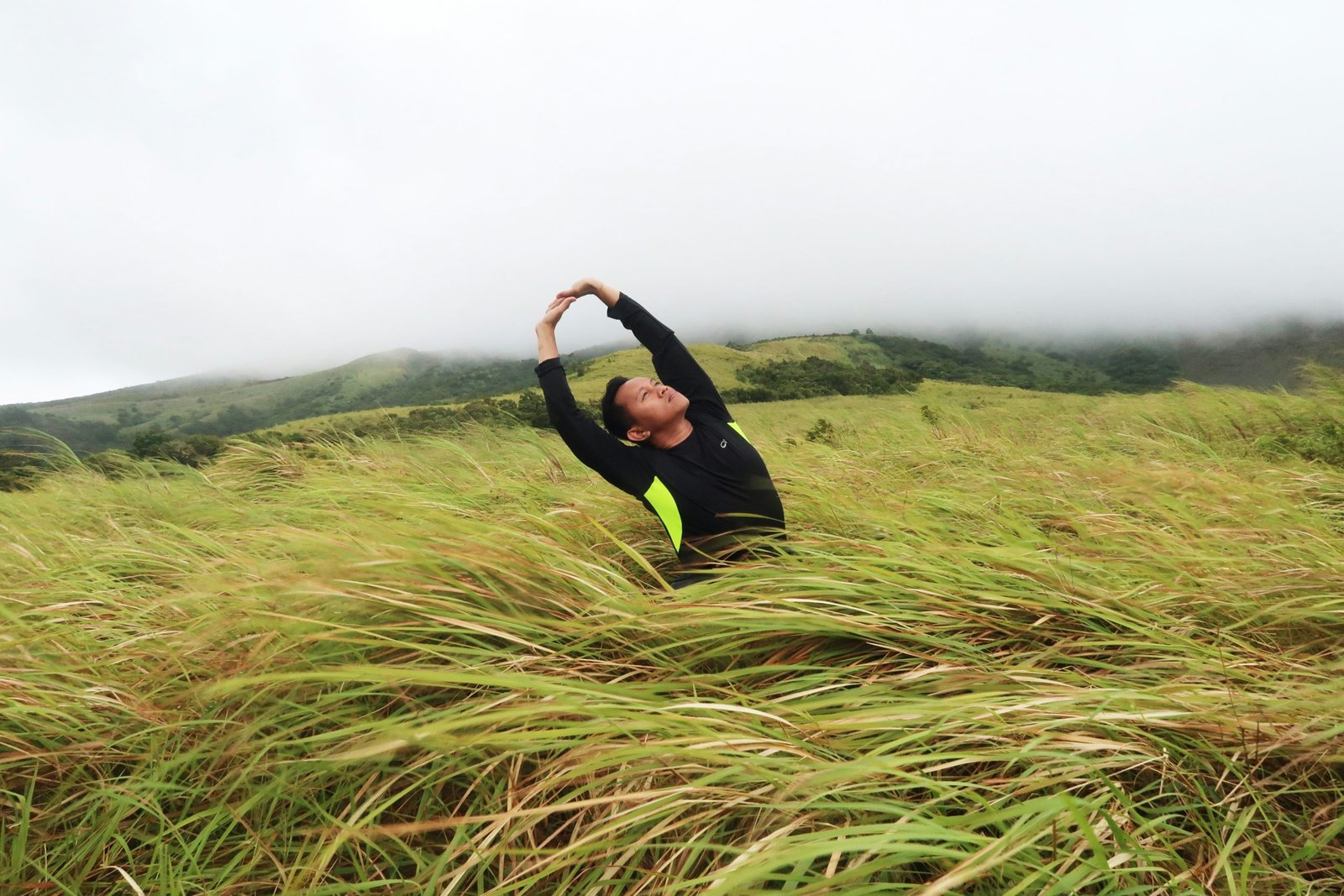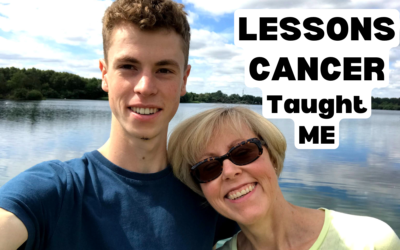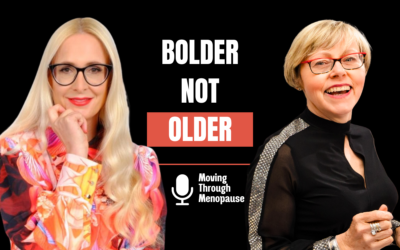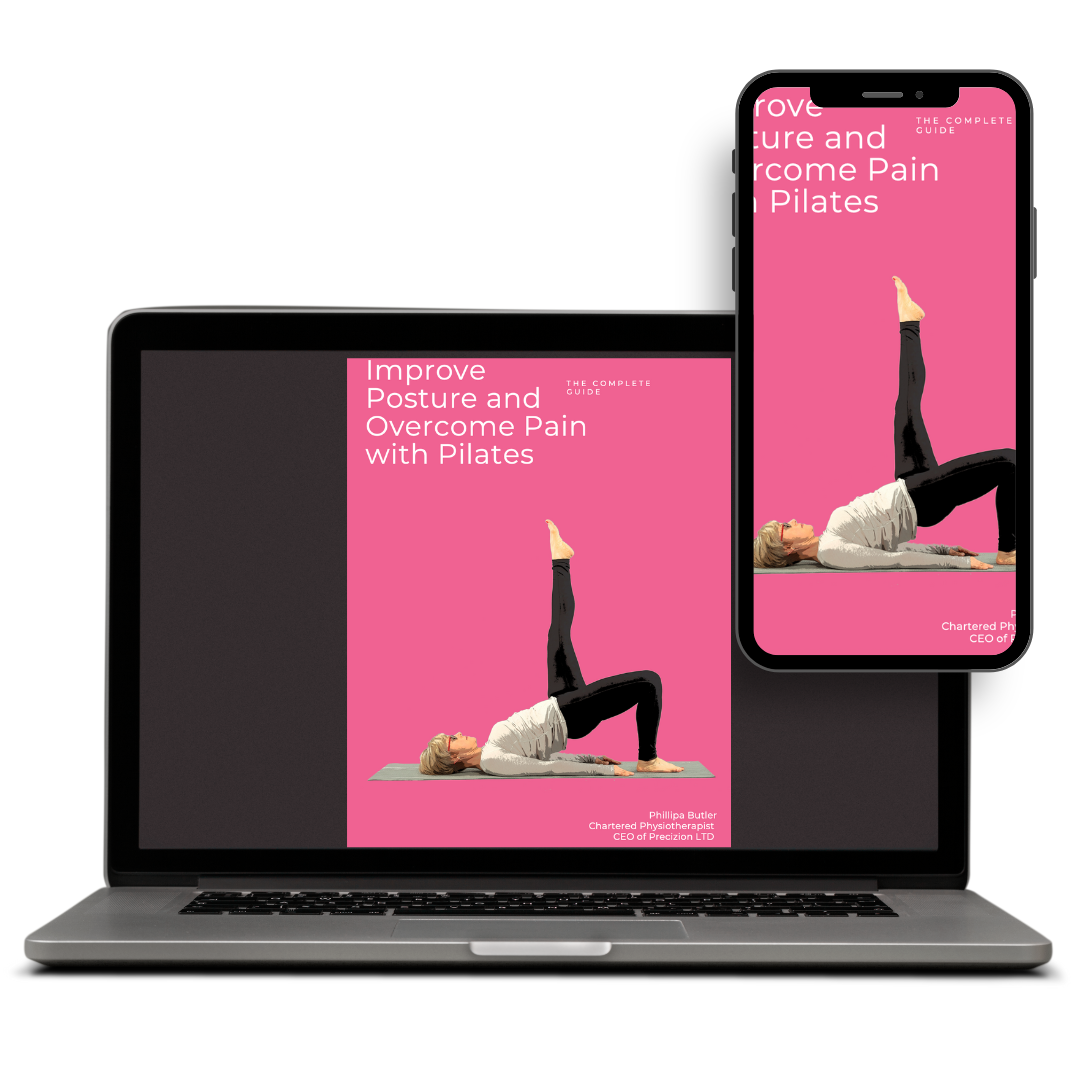Build Resilience
I was out walking in almost gale-force winds watching the plants and trees blowing in the breeze. I was reminded of something I had heard about how wind greatly affects plants as they grow.
When plants are seedlings, exposure to slight breezes helps them to be more sturdy as they grow. Plants grown inside polythene tunnels are not as resilient as their counterparts that are grown outside and exposed to the elements. But what does this have to do with us and our bodies?
Our tissues are no different and respond to stresses and strains that they are exposed to by adaptation. Getting stronger or more supple as a result of doing exercise is an example of adaptation.
What if I hurt myself?
I was working with a client online this week who had sprained an ankle and we were discussing the path to recovery. You may have experienced the effects of an acute injury, the first thing that happens fairly quickly after you turn an ankle is pain, heat and swelling, which is acute inflammation. Inflammation is a natural part of the healing process and is divided into 3 stages:
- The Acute inflammatory phase which lasts for up to 72 hours,
- The proliferative phase or regenerative phase follows and lasts for a few weeks,
- and the tissue remodelling phase which can take months depending on the severity of the injury.
This process occurs naturally and resolves over time ultimately allowing a return to normal activities. It is important to understand how to look after yourself when you encounter tweaks and twinges to ensure a rapid return to normality. The body has this amazing capacity to heal itself given the right conditions. One of the things that can get in the way of the return to normal activity levels following an injury is the fear of pain and damage.
Pain can be scary
An interesting fact about our primitive programming is that our instinct for survival leads the majority of us to be risk-avoiders. A painful ankle could be life-threatening if you had to sprint away from a lion. So ‘hiding out in your cave’ is entirely appropriate in this situation. Lions are less of a threat in modern times and risk avoidance can prove counterproductive to healing and repair.
It is perfectly acceptable to use a support or adopt altered movement patterns which ‘favour’ the injured part in the early painful stages of recovery. However, if we continue these actions after the acute phase is past this can compromise the ‘quality’ of the repair and delay recovery.
Promote a Resilient Repair
One of the most important advances in the treatment of ligament injuries has come from the understanding that a controlled return to normal levels of activity can stimulate repair and restore normal function. (Ross et al, 2011)
This is an important consideration as we consider how to approach injured tissues. Think of the young plant blown in the breeze, healing tissues need to be progressively exposed to more normal stresses and strains to encourage a robust repair.
Early intervention can support your return to normal
As a Chartered Physiotherapist, I love working with people to educate and guide them to recover from illness or injury. Knowing the things that are helpful to do from the outset can make a big difference in helping pain management and restoring normal function.
Virtual Consultations give access to rapid advice and support
I am sometimes surprised myself how effective a remote online consultation can be. Supporting people with timely advice and appropriate exercise programmes can allow people to move on in their recovery with confidence.
Book a free 20-minute telephone call to find out more.
Book a CallPrevent injury and build resilience in tissues
Pilates and Yoga build resilience in tissues to reduce the risk of injury. The ability to stay upright is a bonus if you want to prevent injury. I have built my Pilates and Yoga programmes to address the key elements that protect and enhance our physicality as we age. Having good balance, strong muscles and impeccable posture could just save you from injury. Better still I am in no doubt that they will enhance our experience of life as we all get older.
Join me live online for Pilates and Yoga made for midlife
FIRST CLASS FREE
Author Phillipa Butler
References:
Ligament Injury and Healing: An Overview of Current Clinical Concepts, Ross A. Hauser & Erin E. Dolan, Journal of Prolotherapy, Volume 3: Issue 4: December 2011












